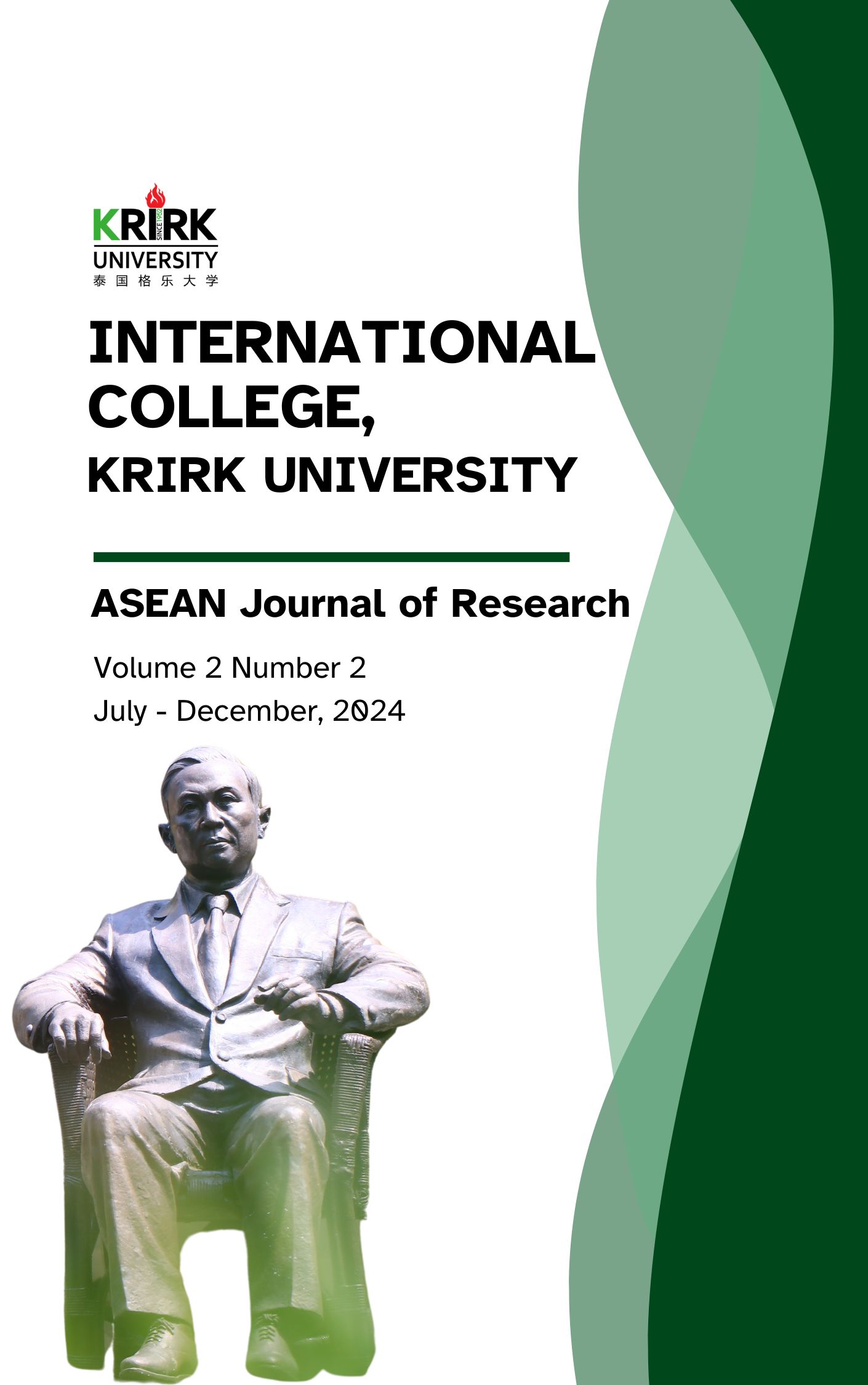Disruption and Adaptation: Assessing the Impacts of Climate Change and Adaptation in ArKandi Village of Bangladesh
Keywords:
adaptation, climate change, agriculture, BangladeshAbstract
Though climate change is a global crisis, it has harmful effects on the lives and livelihoods at the local level and agriculture is one of the most vulnerable sectors exposed to this issue. The present study aims to explore the impacts of climate change on the agricultural sector and adaptation in a riverine village in Bangladesh. Utilizing mixed methods, this study attempts to unravel the disastrous impacts of climate change on the agricultural sector including reduced quality of agro-ingredients and lower rates of crop production that eventually disrupt the lives and livelihoods of the peasants. However, people in that village tend to adopt different adaptation strategies to combat such effects. In this regard, they make their decisions based on the types of calamities by utilizing local knowledge and perceptions, intuitions and experiments, and institutional guidance.
References
Abbass, K., Qasim, M.Z., Song, H., Murshed, M., Mahmood, H. & Younis, I. (2022). A review of the global climate change impacts, adaptation, and sustainable mitigation measures. Environmental Science and Pollution Research, 29(28), 42539–42559. DOI: https://doi.org/10.1007/s11356-022-19718-6.
Ahmed, F.R.S. (2012). Climate change issues in Bangladesh and need for adaptation to climate change. Palli Karma Sahayak Foundation (PKSF), available at: https://www.ilo.org/wcmsp5/groups/public/---asia/---ro-bangkok/---ilo- dhaka/documents/presentation/wcms_181127.pdf.
Ahmed, Z., Guha, G.S., Shew, A.M. & Alam, G.M.M. (2021). Climate change risk perceptions and agricultural adaptation strategies in vulnerable riverine char islands of Bangladesh. Land Use Policy, 103, 105295. DOI: https://doi.org/10.1016/j.landusepol.2021.105295.
Bangladesh Relief Web (2020). Bangladesh: Cyclone Amphan - Operation update report (DREF Operation no MDRBD024), available at: https://reliefweb.int/report/bangladesh/bangladesh-cyclone-amphan-operation-update-report-dref-operation-n-mdrbd024.
Bernard, H.R. (2006). Research methods in anthropology: Qualitative and quantitative approaches (4th ed). Lanham, Md.: AltaMira Press.
Country Reports (2024). Bangladesh geography, maps, climate, environment and terrain, available at: https://www.countryreports.org/country/Bangladesh/geography.htm.
Dasgupta, S., Hossain, M., Huq, M. & Wheeler, D. (2017). Climate change, salinization and high-yield rice production in coastal Bangladesh. Agricultural and Resource Economics Review, 47, 1–24. DOI: https://doi.org/10.1017/age.2017.14.
Europäisches Zentrum für die Prävention und die Kontrolle von Krankheiten (Ed.). (2010). Climate change and communicable diseases in the EU member states: Handbook for national vulnerability, impact and adaptation assessments. Luxembourg: Publishing Office. DOI: https://doi.org/10.2900/27967
Global Center on Adaptation (2024). What is climate adaptation? available at: https://gca.org/what-is-climate-adaptation/.
Hasan, M. (2010). Cyclones and the Rakhain: Indigenous perception, prediction and survival strategies. Grassroots Voice, 11(6), 06–15.
Hassan, S. (2000). Indigenous disaster management culture: A comparative study between the Cyclone Affected People in Bangladesh, Journal of Human Science, 26(3), 251-263
Hossain, B. M., & Noor, M. (2016). Impacts of Climate Change on Agriculture and Food Security in Bangladesh. 2455–4588.
Hossain, M. S., & Majumder, A. K. (2018). Impact of climate change on agricultural production and food security: A review on coastal regions of Bangladesh. International Journal of Agricultural Research, Innovation and Technology, 8(1), 62–69. https://doi.org/10.3329/ijarit.v8i1.38230
Huq, S., Rahman, A., Konate, M., Sokono, Y. and Reid, H. (2003). Global adaptation to climate change in-least-developed-countries, London: IIED, available at: https://research.fit.edu/media/site-specific/researchfitedu/coast-climate-adaptation-library/global/iied-reports/IIED.-2003.-Global-Adaptation-to-CC-in-Least-Developed-Countries.pdf.
International Federation of Red Cross and Red Crescent Societies (IFRC) (2021). World disasters report, 2020: Come hell or high water. Geneva: IFRC.
Islam, M.A., Shitangsu, P.K. & Hassan, M.Z. (2015). Agricultural vulnerability in Bangladesh to climate change induced sea level rise and options for adaptation: A study of a coastal Upazila, Journal of Agriculture and Environment for International Development, 109(1), 19–39. DOI: https://doi.org/10.12895/jaeid.20151.218.
Islam, Z. & Shafie, H. (2017). Anthropology of climate change- Culture and adaptation in Bangladesh 2017. London: Figshare. DOI: https://doi.org/10.6084/m9.figshare.8100677.v1.
Kottak, C. (2008). Cultural anthropology. New York, NY: McGraw-Hill Inc.
Tulane University School of Public Health and Tropical Medicine (2021). What is disaster management: Prevention and mitigation, available at: https://publichealth.tulane.edu/blog/what-is-disaster-management/.
Downloads
Published
How to Cite
Issue
Section
License
Copyright (c) 2024 ASEAN Journal of Research

This work is licensed under a Creative Commons Attribution-NonCommercial-NoDerivatives 4.0 International License.
The Copyright belongs to the ASEAN Journal of Research




